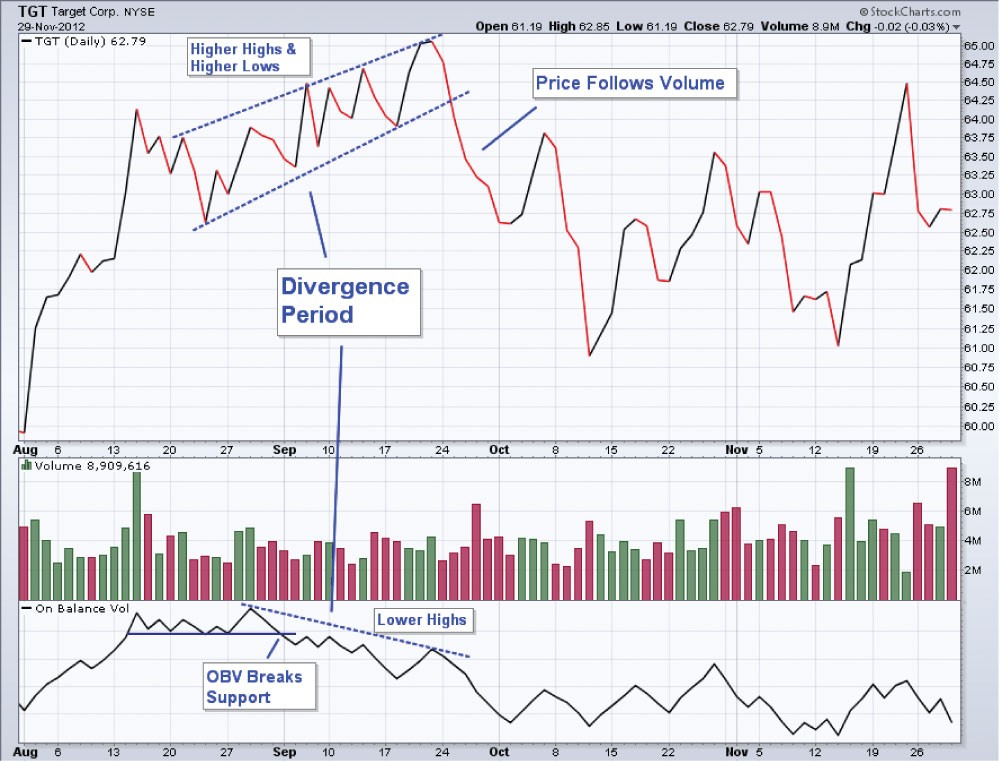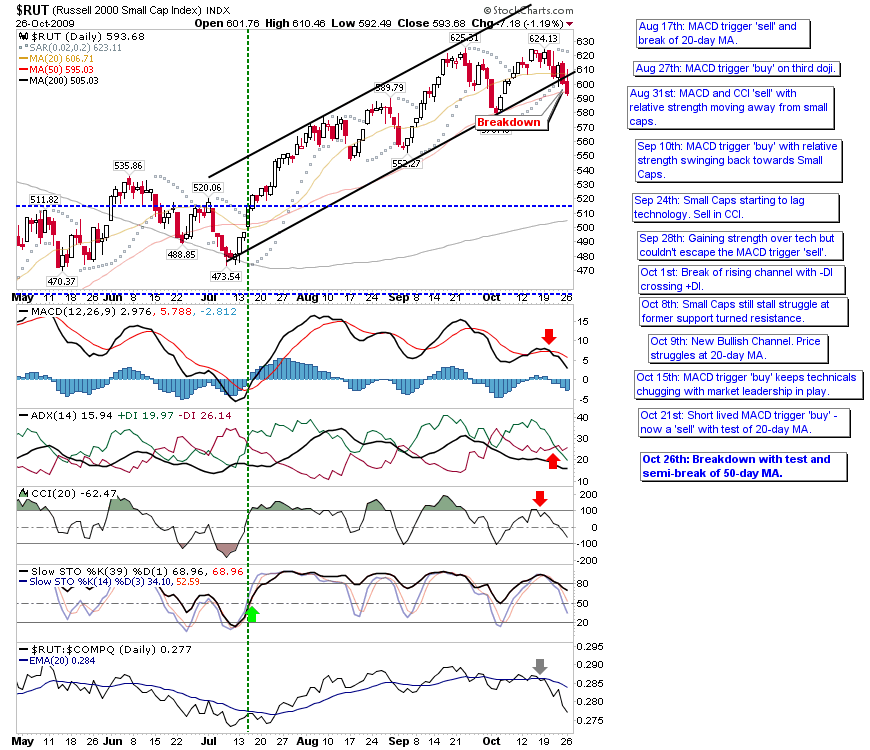Trading under pressure with onbalance volume
Post on: 25 Май, 2015 No Comment

On-balance volume (OBV) is a momentum indicator. In general terms, its calculation relates volume to price change. Developed by Joe Granville in the early 1960s, OBV provides a running total of market volume and shows whether this volume is flowing into or out of a given commodity, bond or stock based on changes in the markets price.
OBV attempts to detect when a financial instrument is being accumulated by a large number of buyers or sold by many sellers. It is based on the concept that volume is the driving force behind the market. Therefore, OBV is designed to project when major moves in the markets would occur by measuring the positive and negative volume flow. By analyzing OBV, traders may project when major moves in the markets will occur.
Often, OBV is described as an attempt to determine the actions of the smart money in the market. Smart money typically is used to refer to market participants who are either large, well-capitalized traders or commercial entities with a broad understanding of the underlying commodity or inside information on the market fundamentals.
While its impossible to say precisely whose positions are reflected in the OBV indicator, its reasonable to assume that it reflects the behavior of the majority of the positions in the market. If we accept that, then we can accept the premise that OBV provides a reliable gauge of future market bias.
On-balance volume is calculated by adding the days volume to a cumulative total when the security or futures contract price closes up, and subtracting the days volume to that cumulative total when the price closes down.

- If todays close is greater than yesterdays close then: OBV = Yesterdays OBV + Todays volume (considered up volume). Up volume occurs when a market finishes a day of trading at a level higher than its previous close, meaning that the trading volume for the day was more bullish than bearish.
- If todays close is less than yesterdays close then: OBV = Yesterdays OBV Todays Volume (considered down volume). Down volume occurs when a market finishes a day of trading at a level lower than its previous close, meaning that the trading volume for the day was more bearish than bullish.
- If todays close is equal to yesterdays close then: OBV = Yesterdays OBV.
Beans on balance (below) shows the January 2014 soybean futures contract with both volume and the OBV indicator. You can see how the OBV indicator is affected by both the volume data as well as price changes.














